Table of Contents
- An In-Depth Look at Shot Sizes, Loads & Chokes for Pheasant & Quail Hunting
- Improvements in Ammunition for Upland Hunting
- Best Shot Shells for Quail & Pheasant Hunting
- Velocity & Ounce Size for Pheasant & Quail Hunting
- Size of Shot vs Quality of Table Fare
- Choke Tubes for Upland Game
- Screw in Chokes for Wingshooting
- What I Use for a Variety of Hunting
An In-Depth Look at Shot Sizes, Loads & Chokes for Pheasant & Quail Hunting
A good deal of my experience comes from 55+ years of hunting quail and pheasants, mostly in Illinois, but more recently in other states and involving other species. Reloading experience comes from shooting skeet since 1985 and loading many 100’s of thousands of shells over the years. Once I find a load that works well in skeet, it is usually very good for the bulk of my upland hunting. As I age and reflexes begin to slow a little bit, I find my 28 ga. is a better gun for me to carry and hunt quail with. 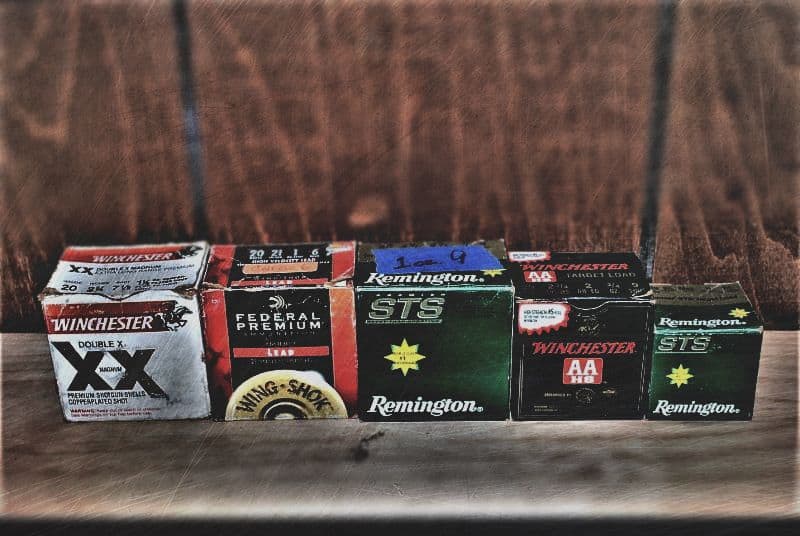 The weight and 26” barrels allow me to get on the birds quicker. My 20-gauge o/u is the same model as the 28, but with 30” barrels and I tend to use 1 oz. loads for pheasant and grouse species. I have, however, dumped quite a few pheasants with the 28 and 7.5 shot. I will use heavier shot for wild pheasants, especially in the late season when they have been hunted and don’t tend to hold tight once pointed. Let’s take a look at some of the developments in ammunition that have improved the entire upland hunting experience and how what load you use while bird hunting can have a major effect on the quality and quantity of table fare you have at the end of an upland hunting trip.
The weight and 26” barrels allow me to get on the birds quicker. My 20-gauge o/u is the same model as the 28, but with 30” barrels and I tend to use 1 oz. loads for pheasant and grouse species. I have, however, dumped quite a few pheasants with the 28 and 7.5 shot. I will use heavier shot for wild pheasants, especially in the late season when they have been hunted and don’t tend to hold tight once pointed. Let’s take a look at some of the developments in ammunition that have improved the entire upland hunting experience and how what load you use while bird hunting can have a major effect on the quality and quantity of table fare you have at the end of an upland hunting trip.
*Interested in an Orvis/ Shooting Sportsman Endorsed Upland Hunting Trip at Harpole’s Heartland Lodge? Experience some of the finest traditional wingshooting in the country! Click Here to Learn More >>*
Improvements in Ammunition for Upland Hunting
The first development was the improvement of ammunition. Paper hulls, fiber wads, soft shot, less selection of shot size, and little choice of shot materials were the order of the day when I started hunting back in the 60’s. Today, almost all hulls are plastic, shot is harder, shot is available in a more varied range of sizes and materials, wad columns are predominantly one piece and plastic, powders are more efficient, hulls are color coded (20 and 16) for safety purposes, and there are more ammunition manufacturers than the “big three” of my youth. Winchester, Remington, and Federal are producing the vast majority of the shells made in the U.S. There are some companies that have been purchased by one or more of these and are still sold under their original brand name. There are many imported brands available also. Many of these are easily reloadable. Consult publications put out by powder and reloading equipment manufacturers for recipes and components. ALWAYS FOLLOW THE PUBLISHED RECIPE AS VARYING FROM IT CAN CAUSE POSSIBLE DAMAGE TO THE GUN AND/OR INJURY/DEATH TO THE SHOOTER AND ANY BYSTANDERS.
I hunted pheasant, quail, and rabbits as a kid. Six shot for the big stuff and 8’s for quail were most commonly used. Shell selection in the 16, 28, and 410 was very limited and still is. For the 12 and 20 gauge, there is such a multitude of hunting shells available that it is difficult to know what to purchase sometimes. Often, the decision made is based on cost alone. I came from a small town and used what I could get my hands on which wasn’t always the correct load or shot size for what I was hunting. Interested in hunting wild quail or pheasant at a legendary American Wing-Shooting Lodge? Check out what Harpole’s Heartland Lodge Quail and Pheasant Hunting Lodge has to offer here>>
Best Shot Shells for Quail & Pheasant Hunting
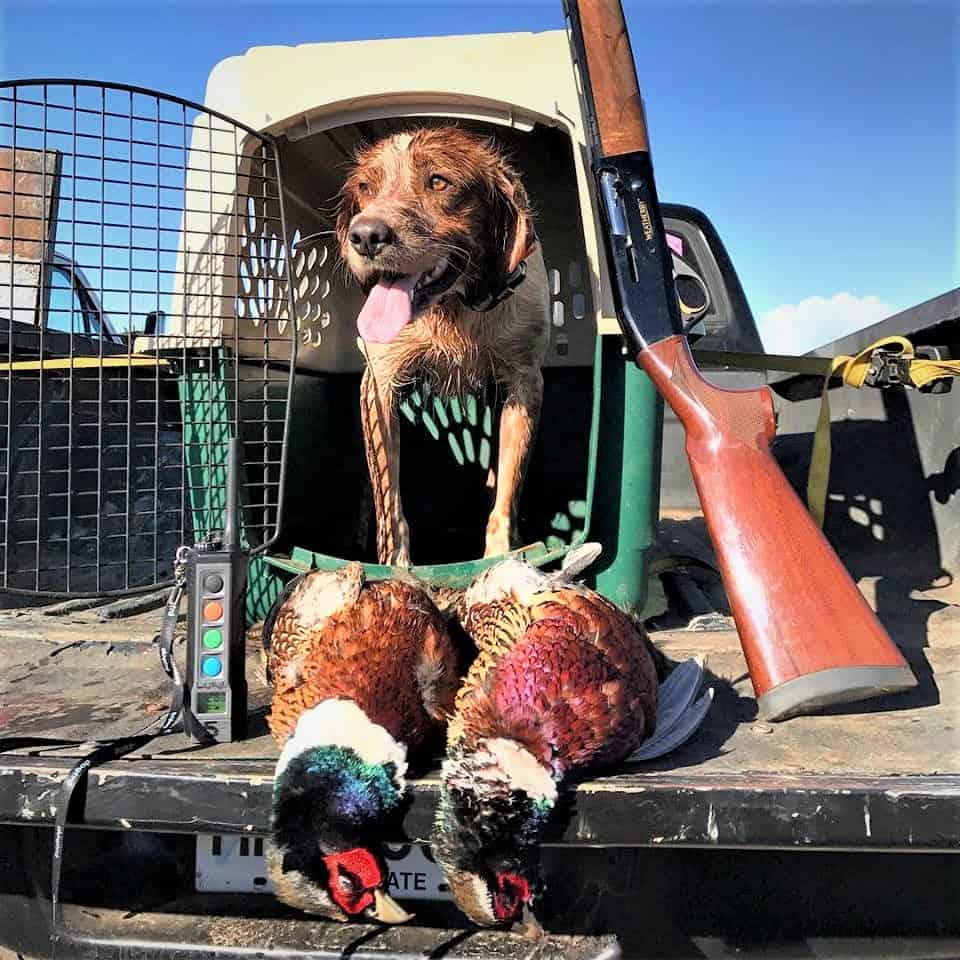 What is to follow is just my opinion based on actual hunting situations from a lifetime of wingshooting experience. I hunt over bird dogs, if the bird is not pointed, there is not going to be a shot. The cheapest shells, also called promotional loads, are inferior to top of the line shells by the same manufacturer. Cheap components are what make the promotional loads cheaper. Poor patterning due to soft shot and too much velocity will produce disappointing results under most circumstances. In promotional loads, velocity is boosted thereby raising chamber pressures to ensure that gas operated autoloaders will function reliably. Some hunters try to get by with one gun and use it for everything they might hunt. A 12 ga. goose gun is sorely lacking when hunting quail even if the loads and choke have been changed to be more appropriate. (Often times, a wife has a major impact on what equipment is allowed. They do not tend to understand the difference between tools and toys.) This being the case, promotional load patterns tend to spread quickly due to soft shot deforming as it leaves the barrel. Those trying to make due with one gun with a reasonably tight choke will get more open patterns with the cheapies, but not necessarily better performance and more birds in the bag.
What is to follow is just my opinion based on actual hunting situations from a lifetime of wingshooting experience. I hunt over bird dogs, if the bird is not pointed, there is not going to be a shot. The cheapest shells, also called promotional loads, are inferior to top of the line shells by the same manufacturer. Cheap components are what make the promotional loads cheaper. Poor patterning due to soft shot and too much velocity will produce disappointing results under most circumstances. In promotional loads, velocity is boosted thereby raising chamber pressures to ensure that gas operated autoloaders will function reliably. Some hunters try to get by with one gun and use it for everything they might hunt. A 12 ga. goose gun is sorely lacking when hunting quail even if the loads and choke have been changed to be more appropriate. (Often times, a wife has a major impact on what equipment is allowed. They do not tend to understand the difference between tools and toys.) This being the case, promotional load patterns tend to spread quickly due to soft shot deforming as it leaves the barrel. Those trying to make due with one gun with a reasonably tight choke will get more open patterns with the cheapies, but not necessarily better performance and more birds in the bag.
The 28 ga. 1-ounce loads are an attempt to make the sweet little 28’s into something they were never intended to be. These guns are light weight and fast handling. They are probably the most ballistically perfect of any of the gauges in the ¾ oz. standard loading. The one ouncers are abusive and not worth the extra expense if you can even find them on the gun shop shelf. If larger shot charges and shot sizes are necessary for what you hunt, go to a bigger gauge. For more information on hunting pheasant and quail with the 28 gauge, click here>>
Velocity & Ounce Size for Pheasant & Quail Hunting
Even if the shells you purchase are top of the line, there is no reason to have 1300+ feet per second lead loads to harvest upland birds, especially in 12 ga. heavy loads. Some manufacturers making these loads are sponsors for upland hunting tv shows which entices newbies that don’t pheasant or quail hunt much to buy them. The extra recoil is unnecessary, unpleasant, will eventually cause a flinching problem for the shooter, and they will not kill a pheasant or quail any deader than a standard velocity hunting load. Some specialty loads with semi-exotic names (Prairie “Butt Kickers” for example) are great for pheasant drives with long shots taken on wild flushes or over flushing bird dogs, but the quality of the pheasant for the table is sadly lacking. They tend to look like someone went postal on them with a large bore screwdriver. I have tried those in 12 ga. with 1 ¼ oz. of shot pushed at 1500 fps. I took two boxes with me on a pheasant hunting trip and shot exactly 2 of them, killing 2 pheasants before I made it back to the truck and swapped them out for my standard loads. I gave away all of those butt kickers to a kid that liked to be physically abused in the face and shoulder. He quit using them at the end of one box and gave the other away. It should be noted that both of us were using gas operated autos so recoil would be lessened.
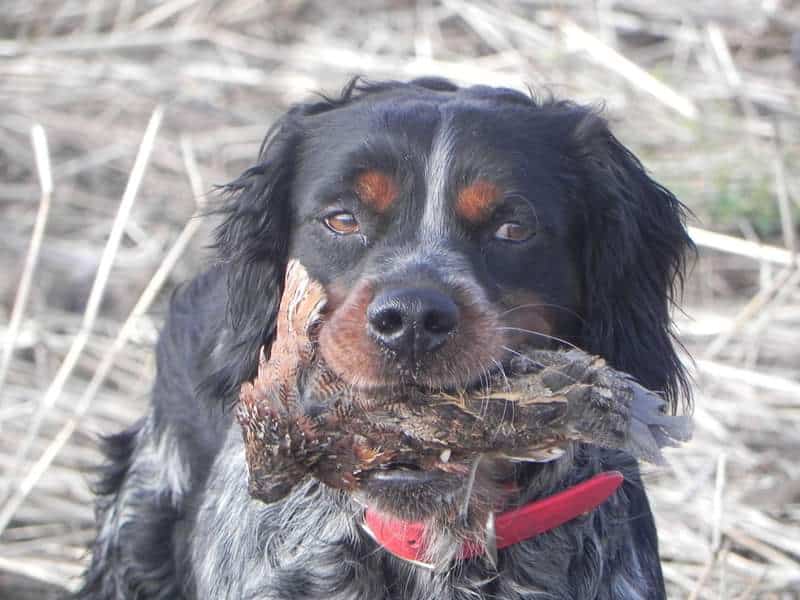 Nontoxic shot was mandated by Federal law for waterfowl hunting and has infiltrated some State ran hunting areas for non-migrating species. Nontoxic loads have come a long way since the original mandate. Steel is cheapest and there are some loadings in other metals and combinations of metals that perform as well as or better than lead loads for upland game but are very expensive to say the least. Those loads bear looking into for nontoxic restriction areas. From experience, steel 3’s and 4’s in 12 or 20 gauges seem to do the job quite well on pheasants and steel 6’s or 7’s are good for quail and woodcock hunting. Extra speed in steel loads is generally necessary to impart greater striking force on the game being shot because steel is lighter than lead.
Nontoxic shot was mandated by Federal law for waterfowl hunting and has infiltrated some State ran hunting areas for non-migrating species. Nontoxic loads have come a long way since the original mandate. Steel is cheapest and there are some loadings in other metals and combinations of metals that perform as well as or better than lead loads for upland game but are very expensive to say the least. Those loads bear looking into for nontoxic restriction areas. From experience, steel 3’s and 4’s in 12 or 20 gauges seem to do the job quite well on pheasants and steel 6’s or 7’s are good for quail and woodcock hunting. Extra speed in steel loads is generally necessary to impart greater striking force on the game being shot because steel is lighter than lead.
Size of Shot vs Quality of Table Fare
What will make a difference in hunting and table fare is the type and size of shot that is used. If the shot size is matched to the game and the customary distances that the game is taken, the results will be pleasing. I converted to hunting with copper plated shot back in the late 1980’s. Copper plated, or nickel-plated shot penetrates better, deforms less than plain soft lead shot, and even performs better in all choke choices. (Generally, copper or nickel-plated shot throws tighter patterns by one choke than the choke that is being utilized. For instance, a skeet choke with copper or nickel-plated shot will throw Improved Cylinder patterns.) This makes a difference in the quality of the table fare. There is less feather draw and blood in the bird when harvested because the shot tends to cut the feathers rather than wad up in them and pull the feathers into the meat. A distinct difference is visually apparent when dressing out pheasants and quail.
Years ago, my hunting buddies invited a fellow to hunt with us on opening weekend of quail and pheasant season in Illinois. He was the one shooting plain lead shot. The rest of us were shooting copper plated 7 ½ or 8’s. We harvested 35 quail that first morning. He had shot 6 of those. When we were done dressing out the birds, we told him to inspect them and see if he could pick out the ones he had shot. To his amazement, the task was very easily accomplished. Anything I can do to make the table fare better is worth any extra expense to me.
Choke Tubes for Upland Game
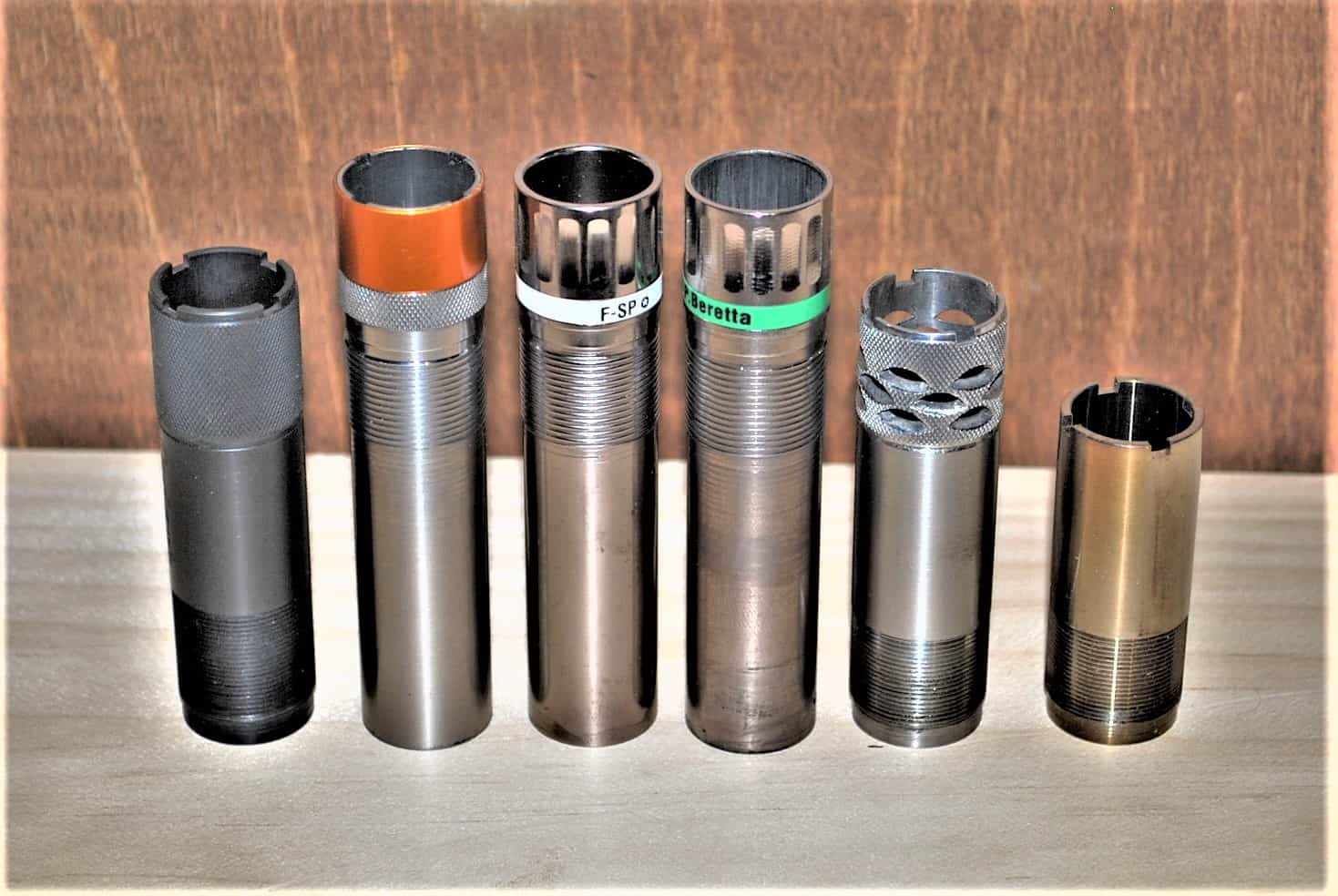 A second important shotgunning innovation, in my opinion, is the development of screw-in chokes. When I began my shotgunning career, fixed chokes were all that was available in production guns. The only versatility of choke came in doubles or over/unders. They commonly had two different chokes, one for close in and one for farther out. Single barreled guns that were choked for waterfowl or walking up on pheasants were sorely lacking for quail and bunny hunting. Some manufacturers listened to their customers’ complaints about versatility and began making extra interchangeable barrels in different barrel lengths and chokes, so hunters did not have to have two or three extra guns for hunting. This worked for most folks, but eventually became a nuisance. At one time I had a Remington 1100 with three different barrels. I even had a barrel outfitted with a PolyChoke device. The PolyChoke worked as advertised. But in the end, I could not stand to look at it on the end of my barrel. It was like looking at Sandra Bullock or Jennifer Anniston with walnut sized wart on the end of their noses.
A second important shotgunning innovation, in my opinion, is the development of screw-in chokes. When I began my shotgunning career, fixed chokes were all that was available in production guns. The only versatility of choke came in doubles or over/unders. They commonly had two different chokes, one for close in and one for farther out. Single barreled guns that were choked for waterfowl or walking up on pheasants were sorely lacking for quail and bunny hunting. Some manufacturers listened to their customers’ complaints about versatility and began making extra interchangeable barrels in different barrel lengths and chokes, so hunters did not have to have two or three extra guns for hunting. This worked for most folks, but eventually became a nuisance. At one time I had a Remington 1100 with three different barrels. I even had a barrel outfitted with a PolyChoke device. The PolyChoke worked as advertised. But in the end, I could not stand to look at it on the end of my barrel. It was like looking at Sandra Bullock or Jennifer Anniston with walnut sized wart on the end of their noses.
Screw in Chokes for Wingshooting
Then sometime in the 70’s or 80’s, a guy by the name of Stan Baker out on the West coast started making screw-in chokes for custom trap gun barrels. This revolutionary idea finally caught on and the rest is history. There is very little need for multiple barrels when all that is needed is to screw in a different choke. There are multitudes of different chokes with different features to get ourselves lost in. For my money, extended chokes rather than flush mounted ones are the way to go. They can be changed quickly in the field with fingers only. They are often color coded, so I do not have to carry my reading glasses to see what choke I want to change to. They can be plain or ported which can help with barrel jump and felt recoil. There are several after-market companies that make them for a wide variety of gun makes and models as well as factory choke tubes. There are even after-market companies that make custom chokes for specific loads to get the best possible performance. Waterfowl and turkey hunters have been the biggest beneficiaries of these specific custom chokes.
My advice in all of this is not to scrimp on the quality of the shells you hunt with. Pattern test the loads and chokes you hunt with to make sure they perform at the distances you customarily take your shots. I usually carry an extra choke in my pocket and a couple of different shot sizes in my vest in case conditions change and I need to change with them. Extremely windy days can necessitate going to a shot size or two larger and/or a tighter choke for those fast moving “turbo birds.”
What I Use for a Variety of Hunting
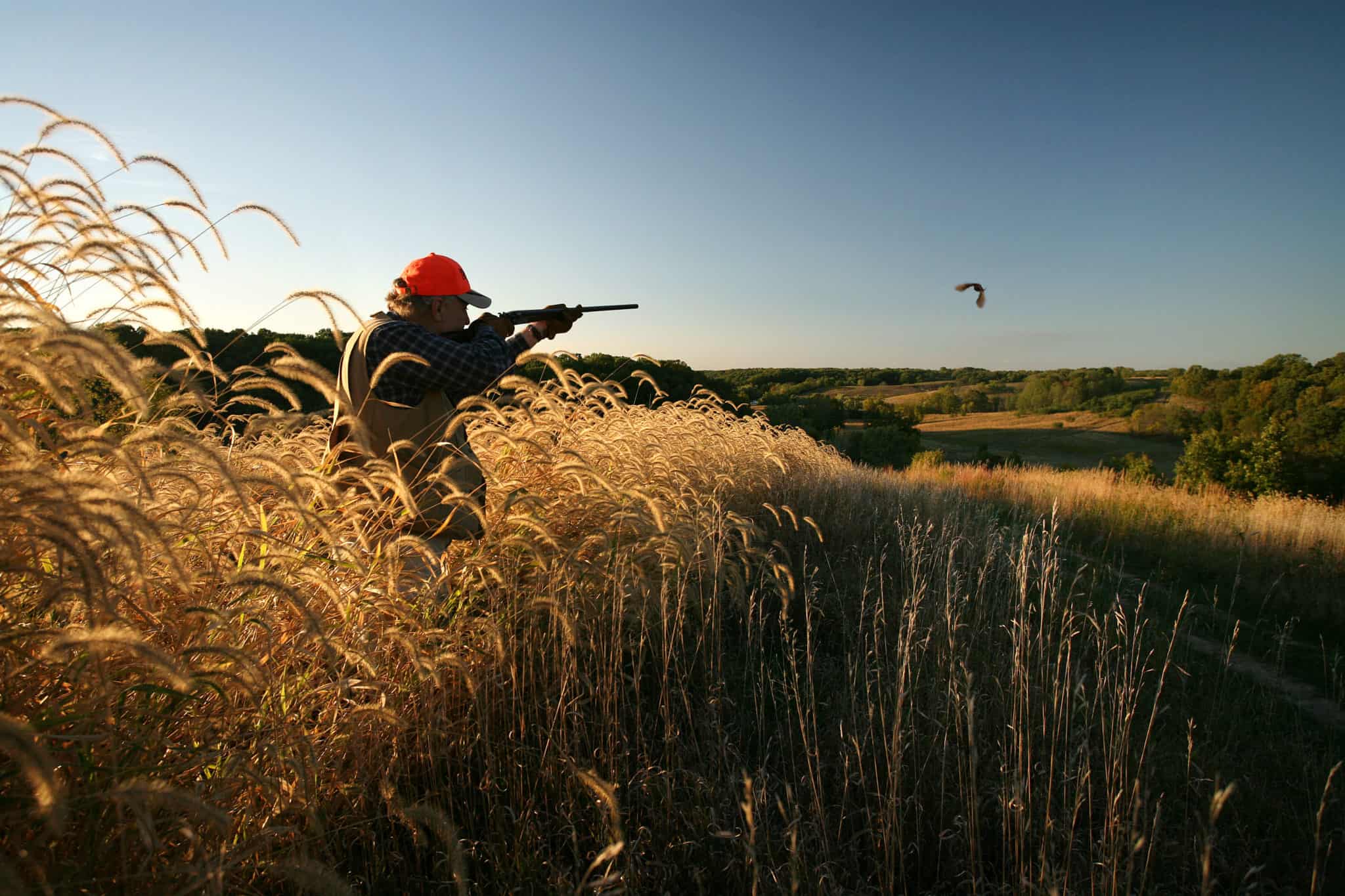 It should be noted that I use a 12 ga. custom pump for deer, 12ga. autoloader for waterfowl, a 20 ga. o/u for pheasant and western grouse species, and a 28 ga. o/u for quail and woodcock. Sabot slugs for deer, Hevi Metal for waterfowl, copper plated 6’s and occasionally 5’s in the 20 ga., and copper plated 7 ½ shot in the 28 ga. I reload all of my 20 and 28 ga. hunting shells. Factory loads of copper plated shot at $18 to $25 a box gets expensive when you shoot 15 to 30 boxes a season for upland birds. In addition, 28 ga. copper plated and nontoxic factory shells do not exist to the best of my knowledge.
It should be noted that I use a 12 ga. custom pump for deer, 12ga. autoloader for waterfowl, a 20 ga. o/u for pheasant and western grouse species, and a 28 ga. o/u for quail and woodcock. Sabot slugs for deer, Hevi Metal for waterfowl, copper plated 6’s and occasionally 5’s in the 20 ga., and copper plated 7 ½ shot in the 28 ga. I reload all of my 20 and 28 ga. hunting shells. Factory loads of copper plated shot at $18 to $25 a box gets expensive when you shoot 15 to 30 boxes a season for upland birds. In addition, 28 ga. copper plated and nontoxic factory shells do not exist to the best of my knowledge.
By Bud Shipp
The following is part of an article I wrote that was published in the 2013 “L’Epagneul Breton”, the publication for the Club de l’Epagneul Breton of the United States (CEB-US) and has been updated.
**At Heartland Lodge, we recommend using 7 1/2 shot for 12- and 20-gauge shotguns for our terrain and habitat across our quail and pheasant hunting properties.**
Follow the links listed for more information on Pheasant Hunting Packages, Wild Quail Hunts, Waterfowl Hunts or Combination Upland/Waterfowl Hunts. Harpole’s Heartland Lodge is an Orvis and Shooting Sportsman Endorsed wingshooting lodge located in West-Central Illinois specializing in world-class pheasant, quail and waterfowl hunting.
Phone- 217-734-2526
Email- [email protected]
Last Updated: March 17th, 2024











































